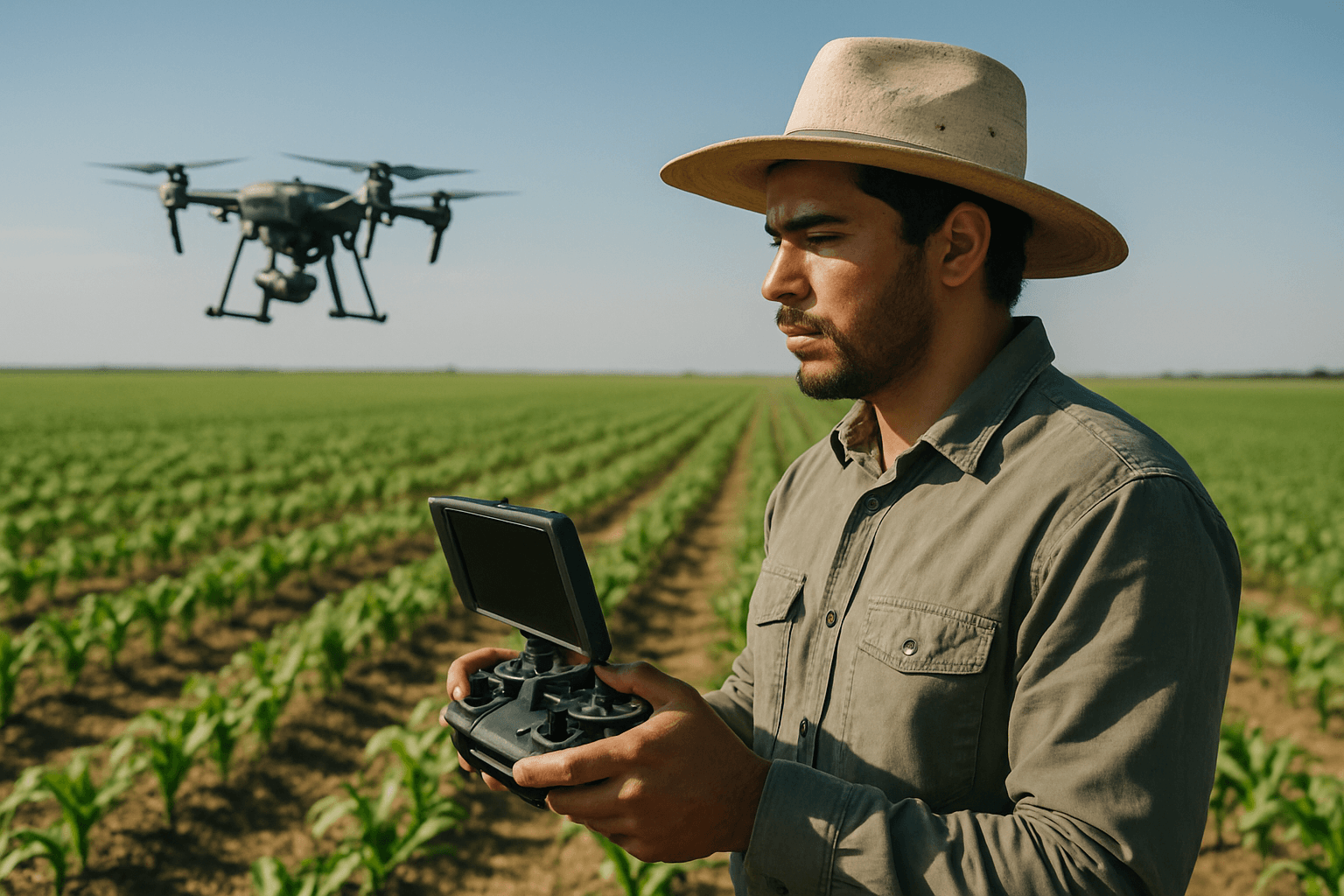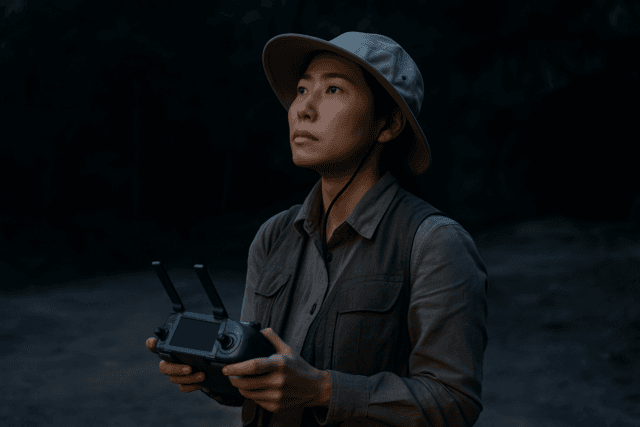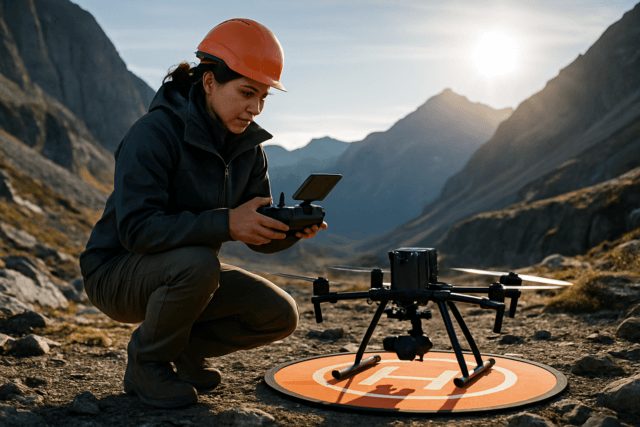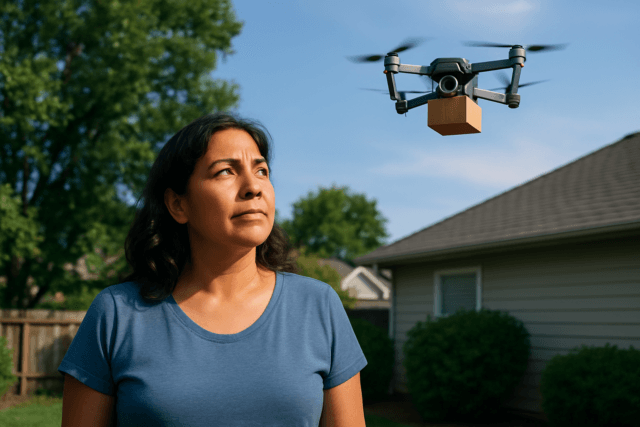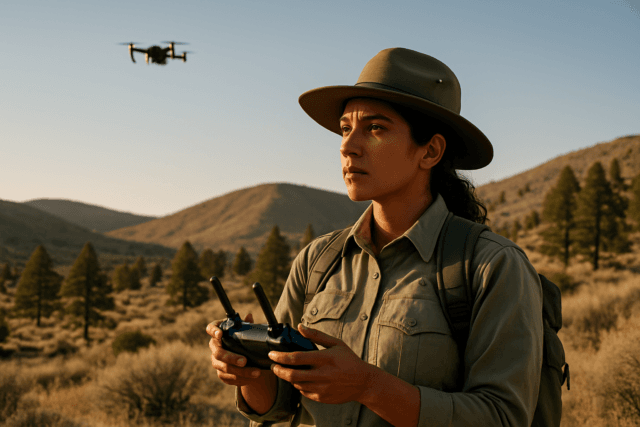The relentless battle against weeds poses a significant challenge to global agriculture, impacting crop yields and increasing production costs. Traditional methods, often involving broadcast spraying of herbicides, can be inefficient, environmentally harmful, and contribute to herbicide resistance. However, a new era of precision agriculture is emerging, spearheaded by automated drone systems designed for targeted weed removal. These innovative solutions promise to revolutionize weed management by offering unparalleled accuracy, efficiency, and sustainability.
The Foundation: Drone Technology in Precision Agriculture
Automated drone systems for targeted weed removal are sophisticated integrations of several cutting-edge technologies. These systems move beyond simple aerial imaging to encompass advanced data acquisition, intelligent analysis, and precise intervention.
Drone Hardware and Sensor Capabilities
The backbone of these systems comprises Unmanned Aerial Vehicles (UAVs) equipped with an array of advanced sensors. These sensors are crucial for capturing the detailed data needed to distinguish weeds from crops.
- High-Resolution Cameras: Drones utilize various cameras, including RGB (standard color), multispectral, and hyperspectral sensors. Multispectral and hyperspectral cameras are particularly effective as they capture images across different wavelengths of light, revealing subtle differences in plant health and spectral signatures that distinguish weeds from surrounding crops.
- Thermal Imaging: Thermal cameras can detect temperature variations, which may differ between weeds and healthy crops under certain conditions.
- Lidar (Light Detection and Ranging): Lidar technology creates detailed 3D maps of the terrain, enabling the identification of weeds based on their height and density relative to other vegetation.
- Precision Application Systems: Beyond data collection, drones can be outfitted with specialized spraying systems for herbicides, granule dispensers for biocontrol agents, or even mechanical and laser-based weeders for chemical-free removal.
The Brains: Artificial Intelligence and Machine Learning
At the heart of an automated drone system for weed removal lies Artificial Intelligence (AI) and Machine Learning (ML). These technologies enable the drone system to “see,” “understand,” and “act” on the gathered data.
- Weed Detection and Classification: AI algorithms, particularly those leveraging Computer Vision (CV) techniques, are trained to recognize specific weed species or conditions from drone imagery. This allows for precise identification of weed infestations.
- Mapping and Analysis: ML models analyze the captured images to assess weed density and map their spatial distribution across a field. This data is often integrated into Geographic Information System (GIS) software to create detailed weed maps.
- Targeted Interventions: Based on the AI analysis, the system generates precise treatment plans, directing application mechanisms (e.g., spray nozzles, lasers) only to the identified weed locations.
Training the Automated Drone System for Intelligence
The effectiveness of an automated drone system for targeted weed removal hinges on the rigorous training of its AI and ML models. This process involves meticulous data collection, model development, and validation.
Data Collection and Annotation: Fueling the AI
High-quality and diverse datasets are paramount for training robust AI models.
- Acquiring High-Resolution Imagery: Drones capture thousands of high-resolution images across crop fields, often at low altitudes to achieve a ground sampling distance (GSD) of less than 0.5 cm/pixel for precise weed mapping. This imagery typically includes RGB, multispectral, and sometimes thermal data.
- Expert Annotation: The collected images are then meticulously annotated by weed experts. This involves labeling individual pixels or bounding boxes to clearly delineate between crops, various weed species, and background (soil). Accurate labeling is crucial for the model to learn to differentiate plants effectively. Some datasets include images collected over a period of time, at different crop stages, and from diverse locations and crop types to enhance model generalizability.
- Data Augmentation: To improve model performance and reduce overfitting, techniques like data augmentation are employed. This involves generating synthetic variations of existing images (e.g., rotations, flips, changes in brightness/contrast) to expand the training dataset.
Model Selection and Training: Building the Brain
With a robust dataset, the next step is to select and train appropriate AI models.
- Deep Learning Approaches: Deep learning, particularly Convolutional Neural Networks (CNNs), is a widely used approach for weed detection. CNNs are adept at identifying and isolating essential characteristics from image data, facilitating precise classification.
- Object Detection Models: Models like YOLO (You Only Look Once) have demonstrated significant success in identifying weeds by efficiently detecting objects in real-time.
- Training Environment: Training these complex models often requires significant computational resources. However, research is exploring the feasibility of training deep learning models on more cost-effective “edge” platforms, such as Nvidia’s Jetson AGX Xavier, to minimize hardware costs and enable real-time applications directly on the drone.
- Hyperparameter Tuning and Transfer Learning: During training, various hyperparameters are adjusted to optimize model performance. Transfer learning, where a pre-trained model on a large generic dataset is fine-tuned for the specific task of weed detection, can also accelerate the training process and improve accuracy.
Validation and Evaluation: Ensuring Accuracy
After training, the model’s performance must be rigorously validated to ensure accuracy and reliability.
- Performance Metrics: The efficacy of the trained models is evaluated using metrics such as precision, recall, accuracy, and the Intersection over Union (IoU) score, which quantifies the overlap between the predicted weed area and the actual weed area. High accuracy rates, often exceeding 90%, have been achieved in identifying and mapping weeds across different crops.
- Real-World Trials: Field trials are essential to test the system under actual farming conditions, verifying its ability to detect weeds in complex landscapes and ensuring the technology is ready for practical application.
Operational Workflow: From Detection to Removal
Once trained, the automated drone system follows a streamlined workflow to execute targeted weed removal.
Drone Scouting and Mapping
The process begins with the drone autonomously flying over the designated agricultural area, capturing high-resolution images. This data is then used to generate precise weed maps.
AI-Powered Analysis and Prescription Generation
- Image Processing: The captured images are either processed in real-time by onboard AI or sent for post-flight analysis.
- Weed Identification and Localization: The AI algorithms analyze the imagery to identify weed species, their density, and their exact GPS coordinates.
- Prescription Files: This information is then used to create digital “prescription files” or treatment maps. These files dictate precisely where and how much herbicide (or other treatment) should be applied.
Precision Application
The prescription file guides the final intervention.
- Targeted Spraying: The data can be uploaded to a spraying drone, which applies herbicides only to the identified weed-infested zones, minimizing chemical usage and environmental impact.
- Integration with Ground Equipment: Alternatively, the prescription can be loaded into ground-based precision sprayers equipped with nozzle control, allowing for highly localized application. This variable-rate application optimizes resource use, reducing waste and cutting costs.
Benefits and Challenges of Drone-Based Weed Management
The adoption of automated drone systems for weed removal offers significant advantages but also faces certain hurdles.
Key Benefits
- Cost-Efficiency: Drones can cover large areas quickly, reducing labor and equipment costs, and significantly cutting herbicide expenses (up to 90%).
- Reduced Environmental Impact: Precision application minimizes herbicide exposure in non-targeted areas, reducing environmental pollution, soil and water contamination, and the risk of chemical drift.
- Data-Driven Decision-Making: Detailed data from drones enables farmers to make informed decisions about weed control strategies and monitor treatment effectiveness over time.
- Early Detection: Drones can detect weed infestations at early stages, allowing for more effective and timely interventions.
- Improved Crop Yields: By effectively managing weed competition, drone-based systems can lead to increased crop productivity.
Current Challenges
- Regulatory Compliance: Drone operations are subject to varying regulations across regions, requiring operators to obtain permits and comply with aviation and chemical application rules.
- Weather Dependency: Adverse weather conditions, such as strong winds or heavy rain, can limit drone operations.
- Technical Limitations: These include limited payload and battery life, which restrict flight duration and the amount of treatment a drone can carry.
- High Initial and Operational Costs: While offering long-term savings, the initial investment in high-quality drones, sensors, and AI software can be substantial.
- Data Quality and Bias: AI-driven weed mapping can struggle with data quality, diversity, and bias, which can affect accuracy.
- Skilled Operators: The operation and maintenance of these advanced drone systems require skilled personnel.
The Future of Drone-Based Weed Control
The field of automated drone systems for targeted weed removal is continuously evolving. Future advancements are expected to further enhance their capabilities and widespread adoption.
- Enhanced AI and Green-on-Green Detection: Research continues to improve AI algorithms for more accurate “green-on-green” detection, where weeds are identified amidst healthy crops, a particularly challenging task. Systems like CultiWise’s ScoutAI are already demonstrating centimeter-level precision in detecting 37 weed species even in green-on-green conditions.
- Integration with Autonomous Farm Management Systems: Drones are increasingly integrating with broader farm management systems and other autonomous farm equipment, creating closed-loop systems where drones detect problems and autonomous ground equipment resolves them without human intervention.
- Cost-Effective and Energy-Efficient Hardware: Continued innovation will lead to more affordable drones and sensors, along with improved battery life and energy efficiency, making these technologies more accessible to farmers.
- Chemical-Free Solutions: The development of specialized drones with precision robotic arms and micro-targeted lasers for physical weed removal offers a promising path towards entirely chemical-free weed management.
By addressing existing challenges and leveraging ongoing technological advancements, automated drone systems are poised to play an increasingly vital role in creating a more sustainable, efficient, and profitable future for agriculture.

